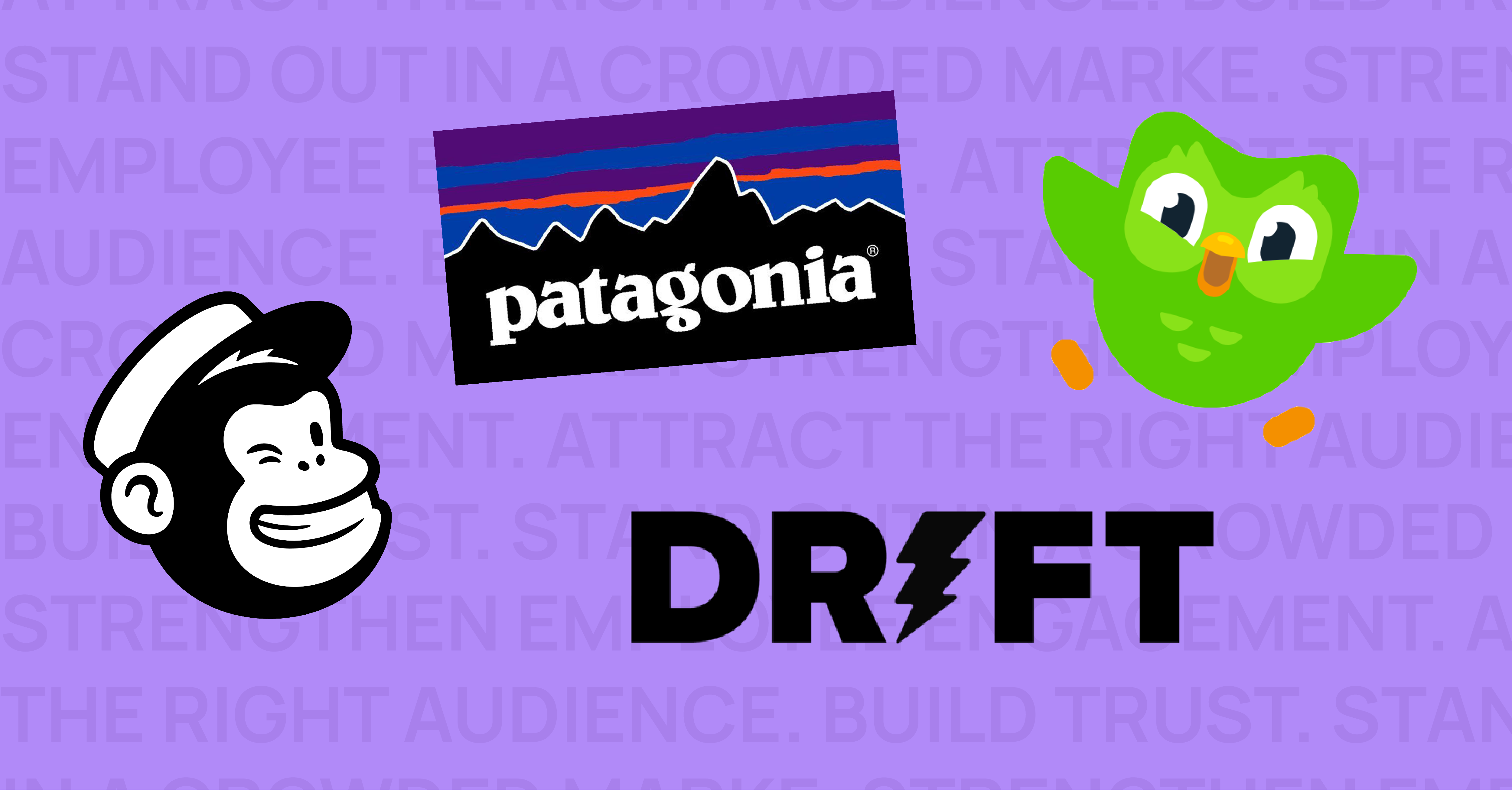After a downturn in business conference attendance for several years, 2024 has seen a dramatic rebound. We’re not quite ready to call it The Year of the Conference, but by many measures, the resurgence is real.
In a recent survey, more than half of B2B conference organizers saw increased attendance at in-person events. Unsurprisingly, marketers are recognizing this upswing and planning accordingly, as more than 85% of companies plan to maintain or increase their in-person event attendance next year.
At Hencove, we’ve seen this data come to life. In 2024, our clients are attending significantly more conferences than in years before, and asking for marketing support before, during, and after events. Time and time again, we’ve heard that in-person meetings give businesses – and people – the chance to make new connections and form deeper and more meaningful relationships with existing contacts.
With in-person events making a comeback, we’ve outlined five ways your team can make the most of the investment. After all, we can’t talk about boosting your conference attendance without exploring how to carefully consider your resources (budgets, time, and people) to improve your ROI.
1. Be selective about the events you attend
No matter the industry you’re in, or how niche it is, or the audience you’re targeting, there’s a conference for you. But that doesn’t mean you should attend them all. Given the hefty price tag of event passes – and the associated costs of travel, lodging, entertainment, meals, and more – our advice is to be selective. In fact, be picky. So, as you do the research on what’s out there, keep in mind these essential factors:
Cost – In addition to purchasing passes, make sure you budget in the costs associated with travel, food, and lodging for attendees. While that fancy event in New York City looks like a no-brainer, you might be able to get the same (or more) value out of two conferences in more affordable locations for the same price.
Target audience – To network and conduct productive sales conversations, you must be able to access your target audience. While available resources differ on a per-event basis, there are a few different tactics you can use to get a sense of the anticipated crowd. Many conferences will provide attendee lists from past years or partial lists from the current year. Or you can put on your detective hat and look through LinkedIn content or media coverage from years past.
Competitors – While determining where your competitors are can help you track down pertinent conferences, you also want to focus on where your team can make the biggest splash. Events that are too crowded within your area of expertise will make it difficult to stand out and force you to fight for the attention of prospective buyers. Just because everyone goes to that event isn’t enough reason to attend. Instead of following the herd of your competitors, we typically focus on where your target audience is – those crowds are the ones you’ll likely want to spend more time with.
Added perks – For those interested, conferences typically offer the opportunity to opt in on purchasing booths, sponsorships, or other add-ons. Supplemental packages like these can vary in value, so it’s important to thoroughly assess your options before making any decisions. Such opportunities may provide additional exposure; however, they are not necessary to benefit from the conference experience. Also, read the fine print. If it’s too good to be true … well, yeah, you know the rest.
2. Employ the power of event promotion
Leading up to the conference, make sure to spread the news. Promoting your organization’s attendance can boost visibility and open doors for valuable networking opportunities with industry peers. Leverage marketing channels like LinkedIn and email to share your upcoming engagements and use event hashtags to increase brand familiarity among other attendees before you even arrive.
Not only can your company pages share promotional content, but providing your sales team and other conference attendees with messaging templates or pre-written content can expand your reach and add a personal touch coming from more familiar faces. For maximum impact, consider using eye-catching graphics to capture your audience’s attention and include calendar links to encourage in-person meet-ups.
3. Define and set realistic conference goals
Many things can be accomplished at industry gatherings, so it’s critical that organizations and sales teams align on what they want to prioritize, as this will shape their focus and approach onsite. For example, if your goal is to increase brand awareness, encourage your team to pursue earned media opportunities and network broadly. On the other hand, if lead generation is the goal, they should prioritize scheduling targeted meetings and fostering fewer but more meaningful connections. Also, be sure to align your desired interests with the vibe of the conference, as some events have a more sales-forward feel, while others are more educational and oriented around professional enrichment.
4. Be creative in your communications
Whether you’re focusing on driving conversations independently or investing in a booth, it’s essential to find creative ways to break through the noise of your competitors. Often, conferences can cause a bit of sensory and social overload – especially noticeable in today’s remote and hybrid-work environments – so you want to be mindful about your brand message and tone. Are you striking the right balance of gaining attention, without being shouty? Getting creative means brainstorming new ways to connect and engage with your target audiences. To guide your brainstorm, put yourself in your target audience’s shoes. Why should they care about what you’re saying? What’s in it for them? Why would they want to take time to hear your story? Look for memorable touches that engage attendees.
Also, getting creative doesn’t mean simply signing up for a bigger booth and creating bigger signage. In fact, we’ve seen lots of businesses attend conferences and effectively meet their goals without any booth space at all. Hosting small gatherings or informal meetups can be an effective way to connect with people, without doing the whole booth thing.
5. Maintain your connections post-event
Lastly, but certainly not least, it’s imperative that you maintain momentum after the conference ends. Forming new relationships or deepening existing ones is only the beginning. Keep in touch with these connections and nurture the relationships. One way to maximize your ROI is to implement targeted email campaigns to distribute additional materials, follow up on personalized conversations, and encourage business meetings with enticing incentives.
Don’t worry, you don’t have to do all the work alone. Let us help you make the most of your upcoming conference experience. Reach out today.



